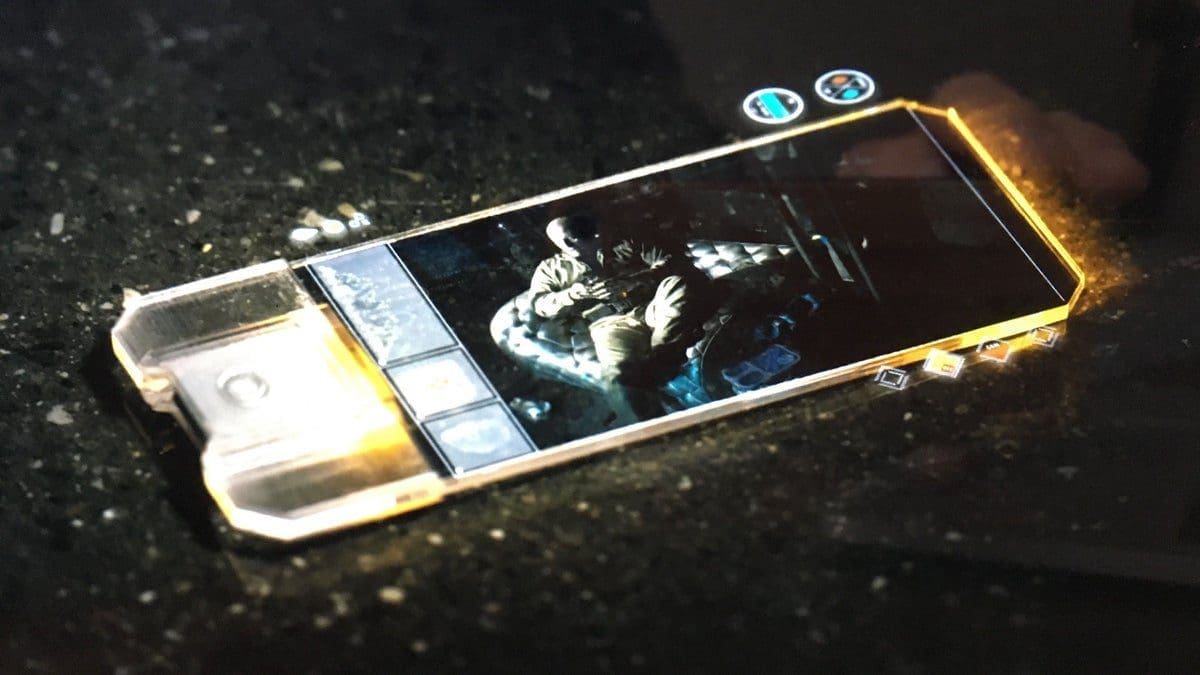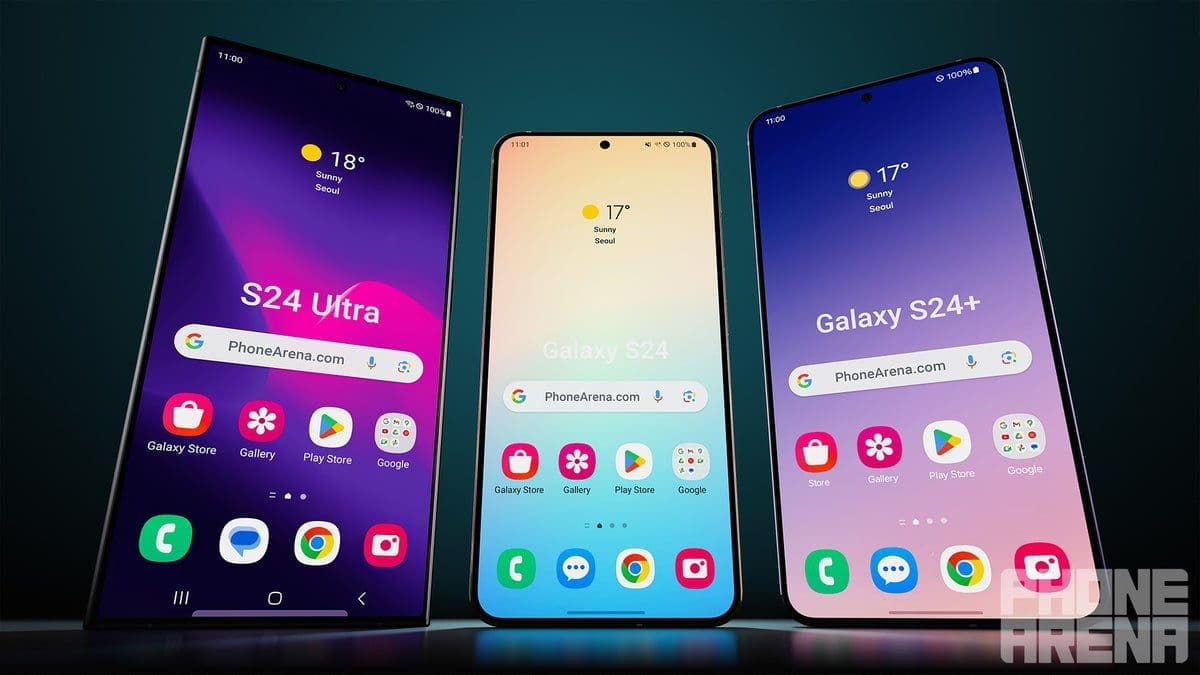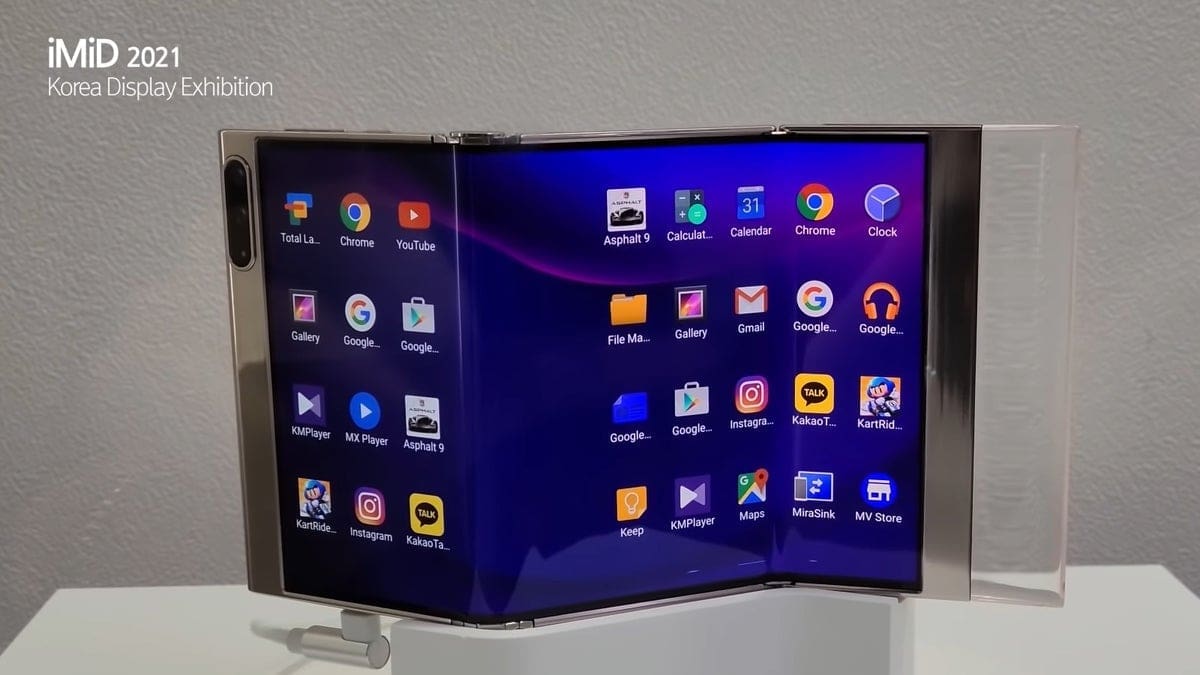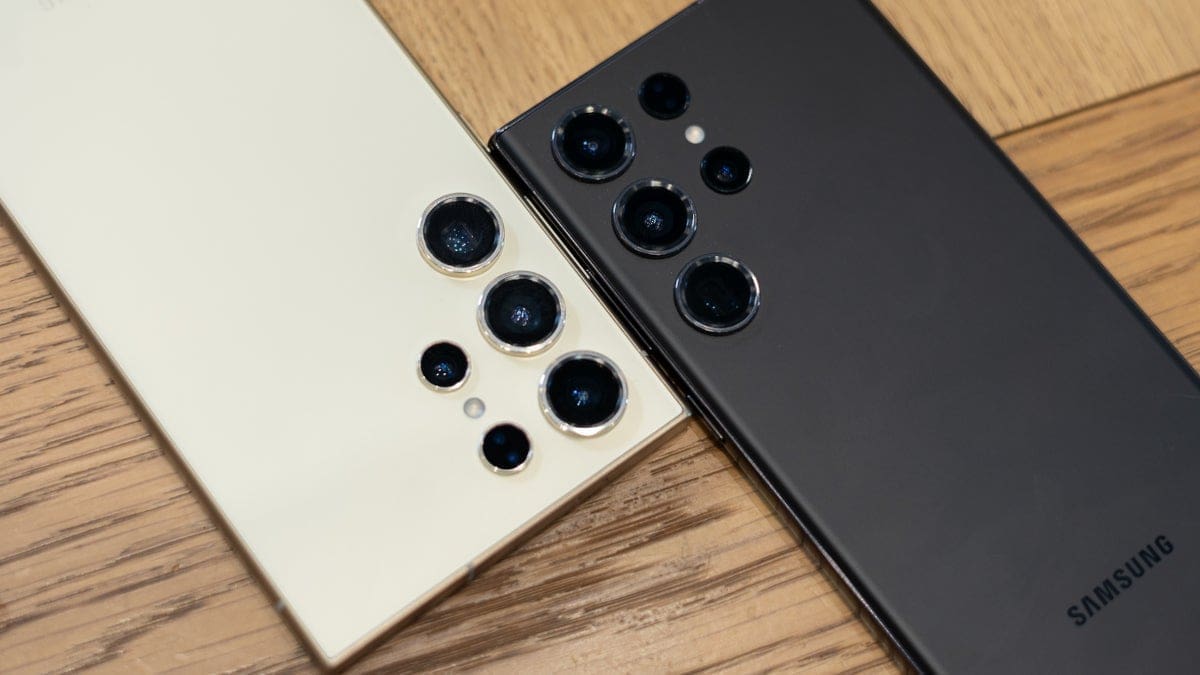Transparent LED Technology: Are Transparent Smartphones the Future?
Have you ever watched “The Expanse” and marveled at the futuristic transparent communicators used by the characters? Well, that technology might not be so far off. At this year’s MWC in Barcelona, Lenovo showcased a working laptop with a transparent LED screen that resembled those cool gadgets from the show.
But what exactly is transparent LED technology, and how does it work? In simple terms, LED stands for Light Emitting Diode, which are semiconductor electric devices that emit light when current passes through them. OLED (Organic LED) is a more advanced version of this technology, capable of emitting different colors with high intensity.
Transparent LED screens use a transparent substrate to house these diodes, allowing light to pass through them when not in use (around 70-80% transparency). While older versions could only produce monochrome images and were quite expensive, recent advancements have made it possible to create fully transparent laptops like the one Lenovo showcased.
However, as cool as transparent smartphones may look, they might not be as practical as we imagine. Here’s why:
– Distractions: With everything happening behind the screen visible to everyone.
– Privacy concerns: Others can see what you see (albeit mirrored).
– Lack of essential transparent components like batteries and chipsets.
But where does this technology fit in? One potential application could be in advertising or informational displays on public transport or windows at home. Imagine having windows that double as weather forecast displays or home theater systems at night – pretty neat, right?
Ultimately, while transparent smartphones may not be mainstream just yet, there’s definitely potential for unique applications in various industries. What do you think about this technology? Would you consider buying a transparent phone? Share your thoughts with us in the comments below!











